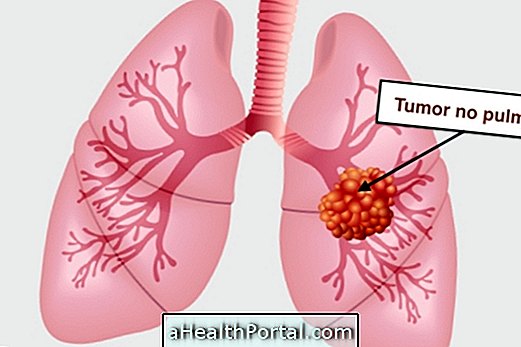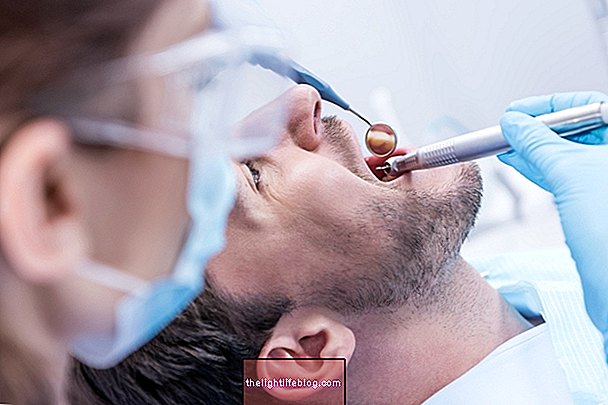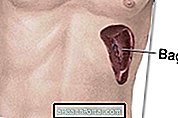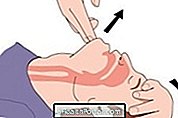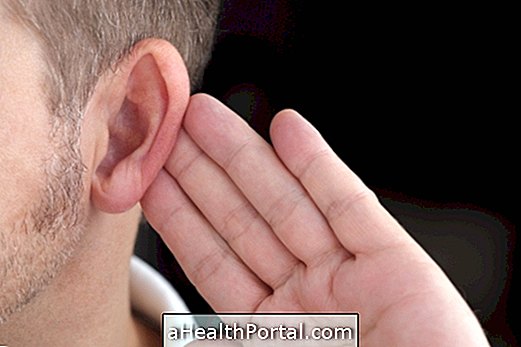Epiglottitis is a severe inflammation caused by an infection of the epiglottis, which is the valve that prevents the passage of fluid from the throat to the lungs.
Epiglottitis usually occurs in children 2 to 7 years because the immune system is not fully developed, but it can also appear in adults with AIDS, for example.
Epiglottitis is a fast illness that can cause airway obstruction, leading to very serious complications, such as respiratory arrest, when it is not treated. The treatment requires hospital admission, as it may be necessary to receive oxygen through a tube placed in the throat and antibiotics through the vein.

What are the signs and symptoms
Symptoms of epiglottitis usually include:
- Sore throat;
- Difficulty swallowing;
- Fever above 38ºC;
- Hoarseness;
- Excess saliva in the mouth;
- Difficulty in breathing;
- Anxiety;
- Breathing with wheezing.
In cases of acute epiglottitis, the person tends to lean forward while extending the neck back in an attempt to facilitate breathing.
Possible causes
The causes of epiglottitis can be a badly cured flu, getting choked with some object, occurrence of respiratory infections such as pneumonia, throat inflammations and throat burns.
In adults, the most common causes of epiglottitis are the treatment of cancer with chemotherapy and radiotherapy or inhalation of drugs.
Transmission of epiglottitis
The transmission of epiglottitis occurs through direct contact with the saliva of the affected individual through sneezing, coughing, kissing and changing of cutlery, for example. Therefore, infected patients should wear a mask and avoid the exchange of objects that are in contact with saliva.
The prevention of epiglottitis can be done through the vaccine against Haemophilus influenzae type b (Hib), which is the main etiological agent of epiglottitis, and the first dose should be done at 2 months of age.
What is the diagnosis
When the doctor suspects epiglottitis, it should be ensured immediately that the person is able to breathe. Once stabilized, the person may undergo a throat analysis, X-ray, collection of a throat sample for examination and blood tests.
How is the treatment done?
Epiglottitis is curable and the treatment consists of the patient's hospitalization to receive oxygen through a tube placed in the throat and for their respiration to be controlled through their own machines.
In addition, treatment also includes injecting antibiotics into the vein, such as Ampicillin, Amoxicillin, or Ceftriaxone, until the infection decreases. After 3 days, the person can usually return home but need to take the medicine orally as directed by the doctor for up to 14 days.
